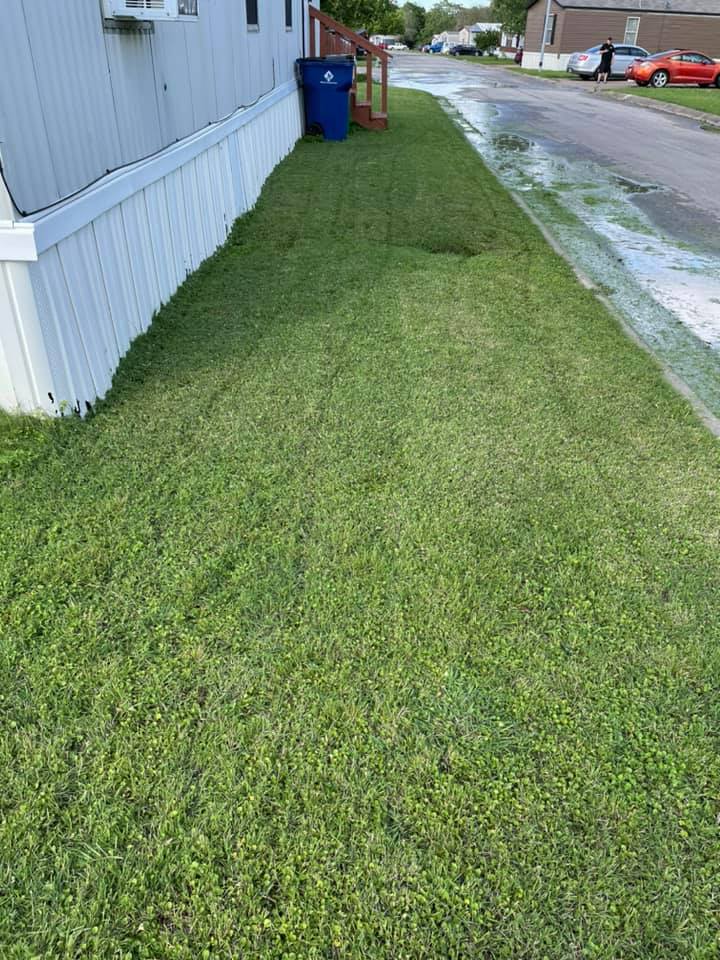
Seasonal Lawn Care Tips to Keep Your Yard Pristine with Juniors Lawn Service Aug 12, 2025
Spring is the season of renewal, and your lawn is no exception. As temperatures rise, it's time to tackle the remnants of winter and prepare for lush spring growth. Start by raking away debris and dead grass to promote air circulation and allow new grass to flourish. This is also an ideal time to aerate your lawn, especially if the soil is compacted. Aeration helps improve water and nutrient absorption, leading to robust grass growth. Fertilizing your lawn with a balanced fertilizer is crucial during this period. It provides the essential nutrients your grass needs to thrive after dormancy. Don't forget to overseed thin areas to ensure a dense and uniform turf. Regular mowing, while keeping the grass height between two to three inches, will help reduce weeds and encourage healthy growth.
Summer brings heat and occasional drought conditions, making it crucial to adopt water-efficient practices. Water deeply but less frequently to encourage roots to grow deeper into the soil, making your lawn more drought-resistant. The best time to water is early morning or late evening to minimize evaporation. Regular mowing is essential, but avoid cutting the grass too short as this can stress the lawn and invite pests. A lawn that's approximately three inches tall retains moisture better and is healthier overall. Consider applying a slow-release fertilizer specifically formulated for summer to maintain vibrant, green grass.
As fall approaches, it's time to prepare your lawn for the colder months ahead. Raking leaves is essential to prevent mold and pests from establishing a foothold. Fall is also the optimal time for aeration and overseeding. The cooler temperatures are perfect for grass seeds to germinate without the threat of heat stress. Apply a high-potassium fall fertilizer to strengthen the root system and improve the lawn's resilience through winter. Keep up your mowing routine until the grass stops growing, but gradually lower your mower's blade to the shortest setting for the last few cuts. This minimizes disease risk by preventing snow mold and reducing hiding places for pests.
Winter may be a time when lawn care activities slow down, but certain practices should not be neglected. Avoid walking on dormant grass to prevent soil compaction and damage. Keep an eye out for snow mold, a common lawn disease during the snowy months, and remove any lingering debris or dead leaves. Consider applying a protective layer of mulch or straw to vulnerable areas to guard against frost damage. Regularly inspecting your outdoor space for issues will ensure a quick recovery and a head start when spring arrives.
At Juniors Lawn Service, we understand that proper seasonal care is what keeps lawns looking flawless. By adjusting your lawn care routine to accommodate seasonal changes, you can enjoy a lush, healthy yard all year long. Contact us for expert advice and professional services tailored to your lawn’s specific needs. With our help, maintaining a pristine outdoor space can be effortless and rewarding.
/filters:no_upscale()/media/563c94de-0489-4427-847d-e39daaecba00.jpeg)
/filters:no_upscale()/filters:format(webp)/media/2a1e486a-1ae1-4662-8d73-d38aee543159.jpeg)